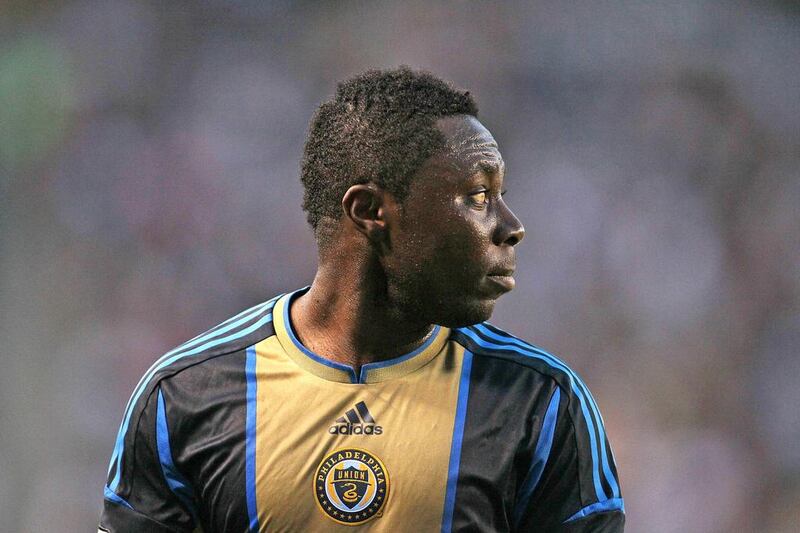Eight days before Nii Lamptey, 14, made his bow on a global stage at the 1989 Fifa Under 16 World Cup, back in his native Ghana, Emelia Adu was celebrating the birth of son, Fredua Koranteng.
Fourteen years later, Freddy Adu would be lauded as the greatest prodigy in the game, just as Lamptey had been. But his early life would be very distinct.
When he was eight, and already showing talent with a ball, Emelia won a green-card lottery. Many West Africans enter these lucky dips, yet only a very small number are successful.
They allow the winner to live and work in the United States.
Emelia and her children settled in Maryland, and quite quickly, US youth coaches realised that, in this green-card lottery, it was their country who had gained. They saw the makings of a special athletic talent.
Freddy Adu became a US citizen at 13. At 14, he became the youngest player in Major League Soccer (MLS).
Nike made him one of their poster-boys, and he proved a sound ambassador for them and his sport, polite with the media, dazzling to watch with his skill and sure first touch.
He scored three times in the US team’s first match at the 2003 Under 17 World Cup. At 16, he had a trial with Manchester United, but a potential move was complicated by work-permit issues.
The last time this reporter saw Adu was in Monte Carlo, four years ago. He was in the Casino Square, next to a dashing sports car, chatting to a colleague.
He was just embarking on a season at Monaco, the first of four successive loan spells that his then-parent club, Benfica, would send him on.
Adu has not done badly as a professional, but not nearly as well as initially anticipated.
There is little suggestion he has not applied himself determinedly, but some of his youthful assets no longer seem so unique.
He never experienced the growth spurt anticipated in most 14-year-old athletes, and at 5ft 6ins tall, has sometimes struggled to impose himself physically.
None of his excursions in the Portuguese, French, Greek and Turkish leagues lasted long.
He did recover some form back in the MLS, with Philadelphia Union, enough to gain him a recall to the senior US team, for which he has 17 caps, in 2011.
But he is long way from consideration for the 2014 World Cup, which he may have to watch from his new home, in Salvador, Brazil, where he is now under contract, but struggling to make the starting XI, at Bahia.






